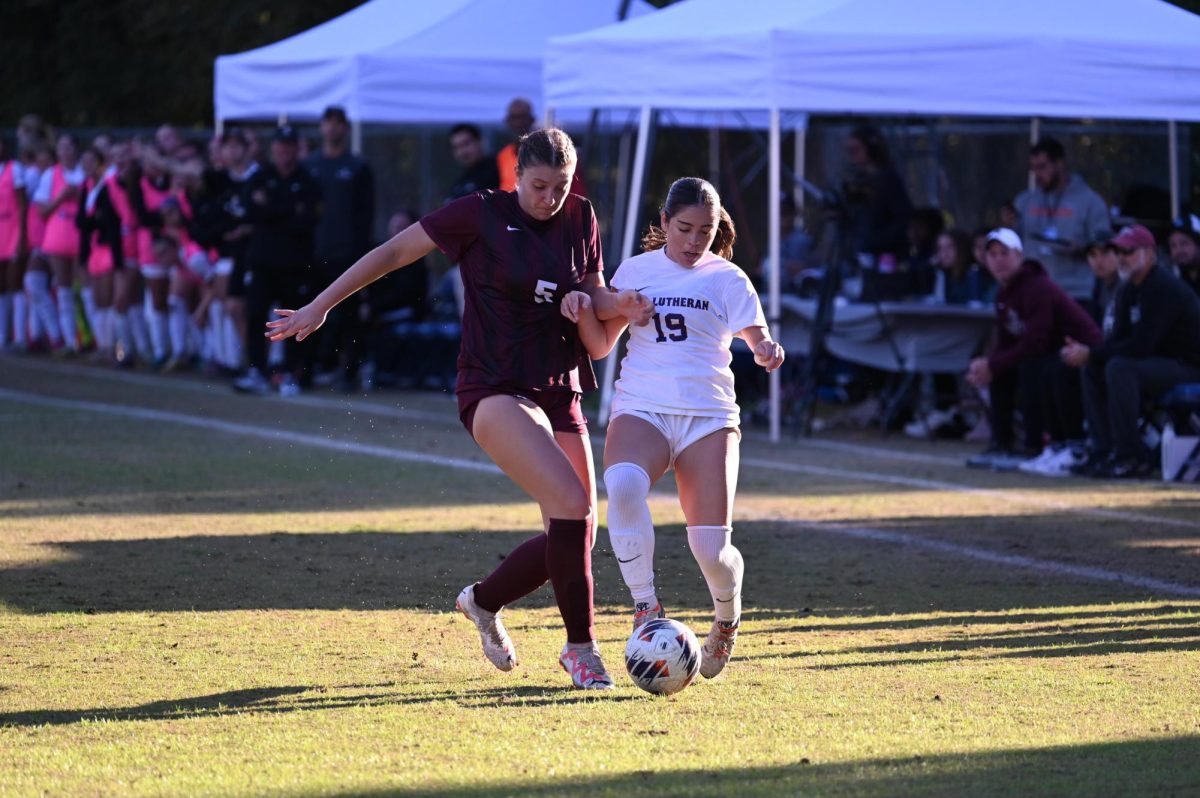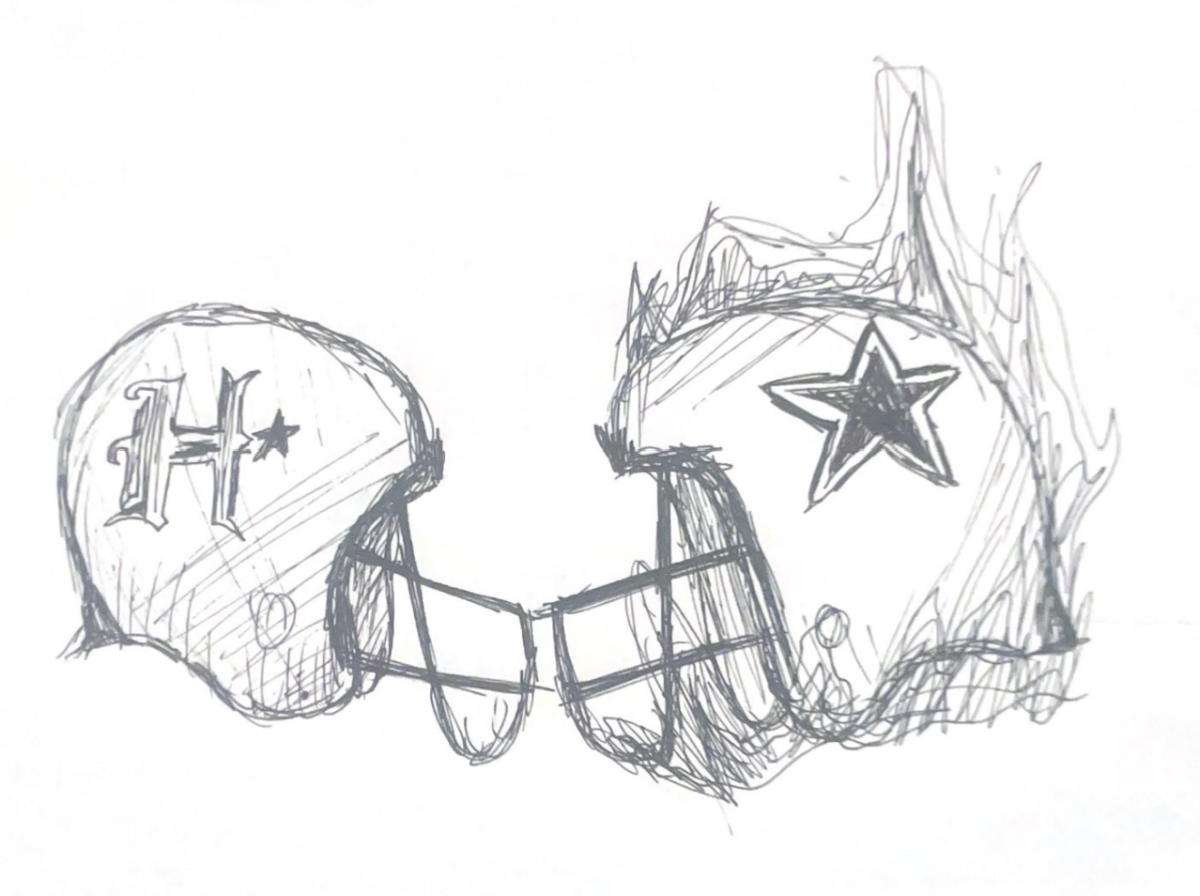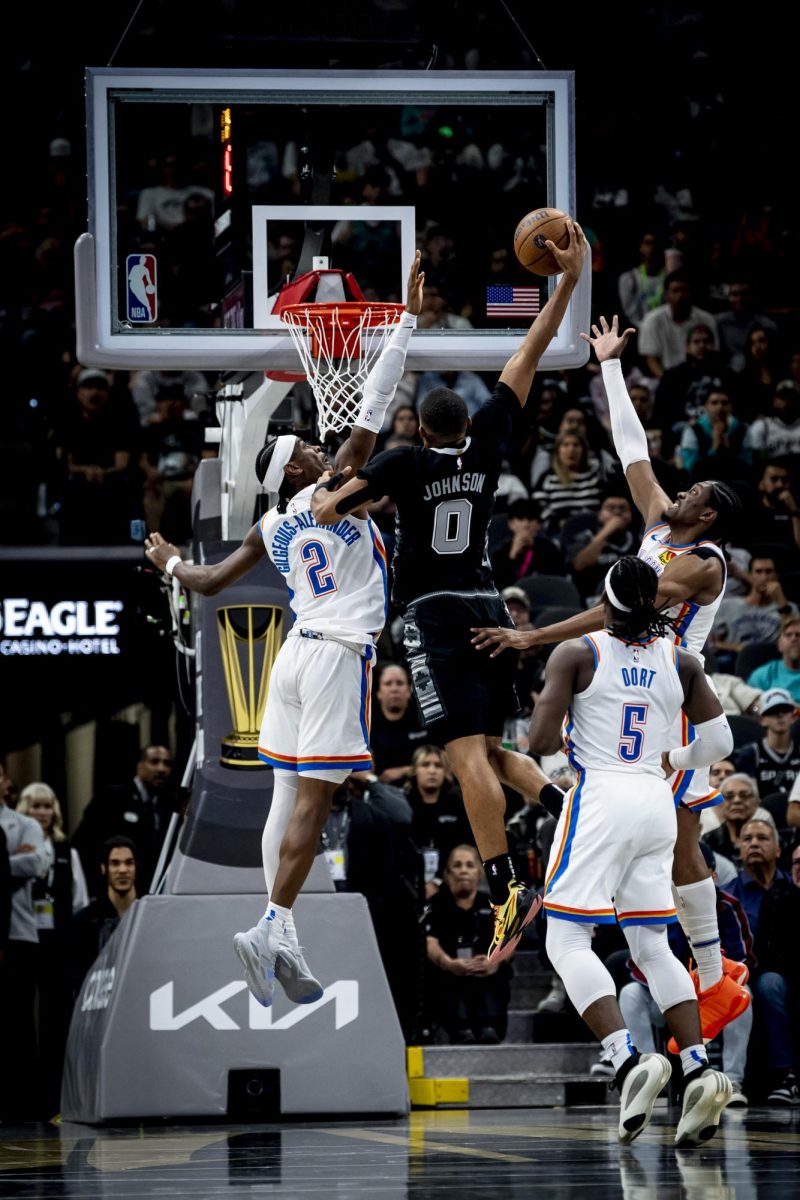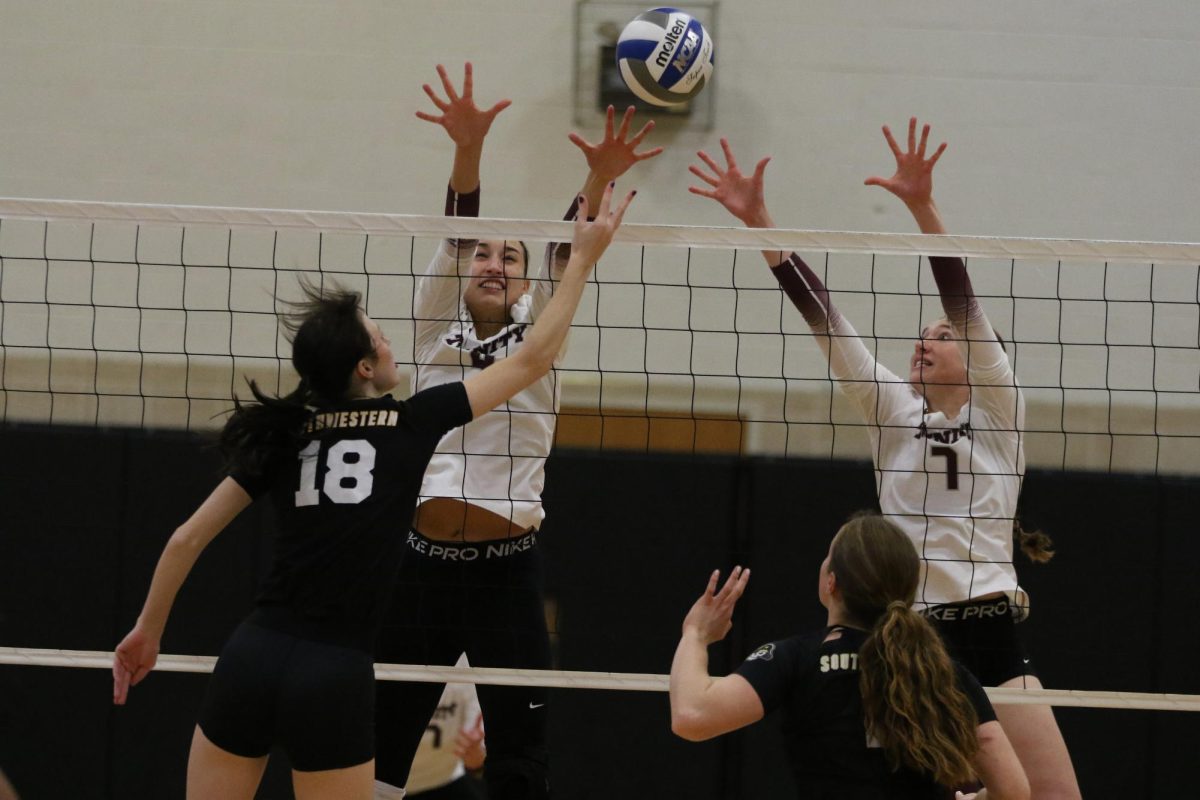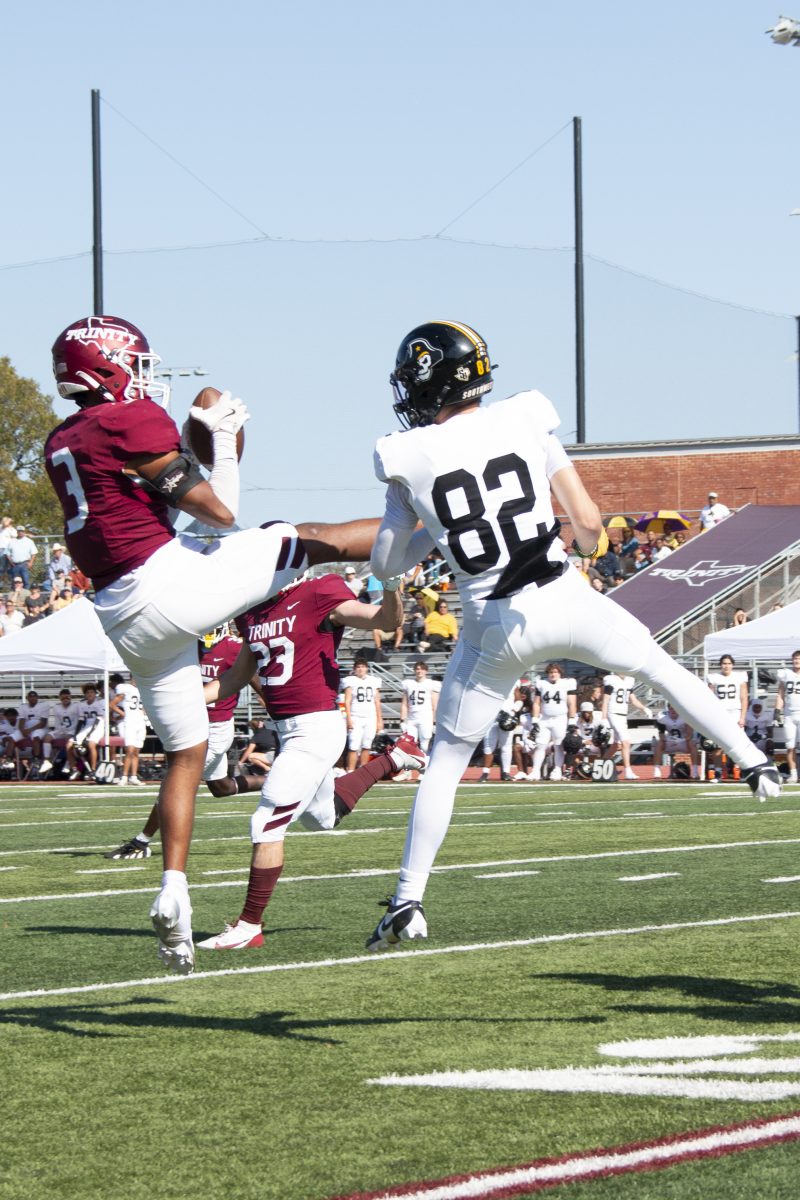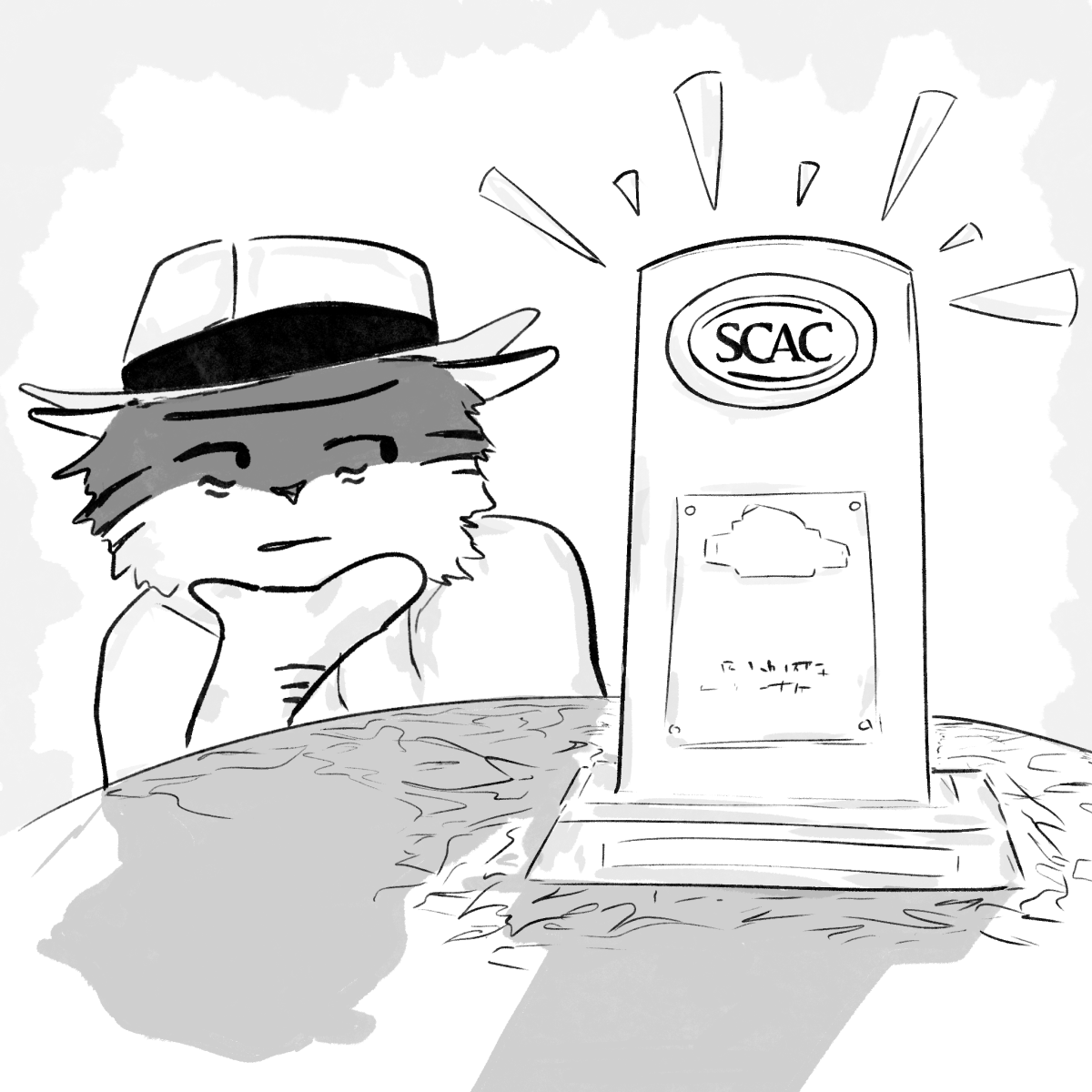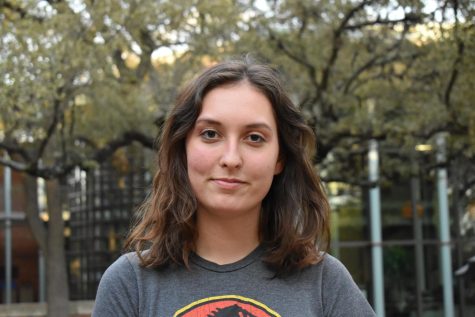photo provided by Carmen Johnson
What comes to mind when you think about outdoor recreation? Maybe you think about hiking a trail, canoeing down a river, or spending a day in the park. Chances are you don’t think of the outdoors as a predominately white space.
The issue of the lack of diversity in outdoor recreation was the focus of a lecture hosted by Outdoor Recreation (OREC) and Trinity Diversity Connection (TDC) on Oct. 23rd. OREC and TDC collaborated to organize a two-part event to address the issue of diversity in outdoor recreation. According to Ryanna Chouman, senior OREC Trip Leader, the lack of diversity seen in OREC trips is what inspired the two-part event.
“We started this event because we were noticing [a lack of diversity] in OREC trips itself, [. . .] so we were kind of disappointed, I guess, by the lack of diversity on our trips, that the same types of people, literally the same people, were coming on our trips every single weekend when we have such a diverse student body,” Chouman said.
The first part of the joint event was a lecture titled “Diversifying the Great Outdoors,” followed by a panel. The lecture was presented by Alex Bailey, founder and CEO of Black Outside, and Angelica Holmes, Executive Director of Black Outside. Black Outside is a Black-founded San Antonio based non-profit that provides programs to engage local Black youth in the outdoors.
The need for programs like Black Outside is only emphasized by the low participation of Black people in the outdoors. Only seven percent of National Parks participants and one percent of Texas State Park participants identify as Black or African American.
The lecture discussed the underlying reasons for the lack of Black representation in outdoors, including the historical precedence of segregation creating limited access to parks, historical incidents of violence against people of color in outdoor spaces, a lack of representation in marketing and programming for parks and outdoor recreation — marketing usually being centered around white participants. Access is another underlying cause, even in San Antonio, where park distribution across the city is heavily skewed towards affluent and predominately white communities.
To challenge these underlying reasons and promote diversity and inclusion in outdoor spaces, it is important not only to acknowledge that racism exists and happens at parks but also to think critically from the standpoint of diversity and equity. In order to create spaces where underrepresented individuals — including disabled individuals and members of the LGBTQ+ community — feel safe and have access, it is important to listen to and center underrepresented voices. According to Bailey, while advocacy and being an ally is important, it is essential to let underrepresented groups take the lead in diversification.
“Stepping up and stepping back. On our end it’s super important when to step up and use potential privileges that you have to advocate, and I also would push, especially folks with different identity markers, there’s times to step back and let Black folks take the lead,” Bailey explained.
Minority founded and led programs like Black Outside, Latino Outdoors, and the Charles Roundtree Bloom Project are important in creating inclusion in outdoor spaces because they center their programming around underrepresented youth to create an environment where they feel safe and engaged in the outdoors.
The Bloom Project, for example, is a partner of Black Outside that works with youth who have incarcerated parents in the San Antonio area. According to guest panelist and founder of the Bloom Project Ki’Amber Thompson, engaging in the outdoors as a safe space is an important healing experience.
“With the Bloom Project, an important aspect of it is the mental health benefits of being outside because these kids who are so wonderful can also deal with different issues dealing with their parent’s incarceration. Some may deal with anxiety or depression and have a hard time in school or be bouncing between homes or caregivers, so I think that the natural healing that the outdoors provides is a great way to do some of that healing and do that in community and without the stigma as well,” Thompson explained. “It’s so important for especially Black and Indigenous youth who have historically been dispossessed and disconnected from our relationship to the land in certain ways and also healing our relationships with the land.”
The second part of the event on Oct. 24th was an outdoor excursion comprised of three parts that built upon the topics and ideas covered in the lecture and panel. The first part of the day-trip was canoeing on the San Antonio River. During the second activity — a hike led by Bailey and panelist Josie Gutiérrez from Latino Outdoors — participants enjoyed the crisp Autumn weather as they continued discussions from the night before and practiced mindfulness. Holmes and junior OREC Trip Leader, Grace Hanshaw, engaged participants’ competitive spirit in a number of competitions that included trivia from the lecture portion.
The planned activities not only served as a reminder of all the benefits and enjoyments to be gleaned from going outside but also offered participants a chance to engage in a conversation about diversity and inclusion while thinking critically about the outdoor spaces they enjoyed.


